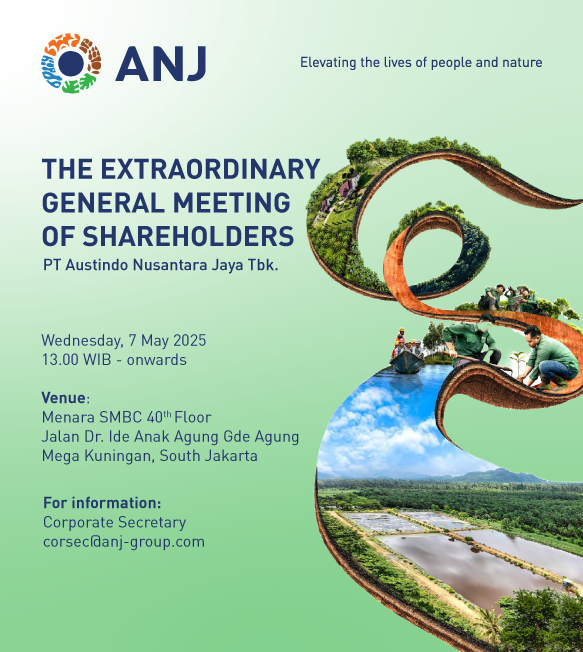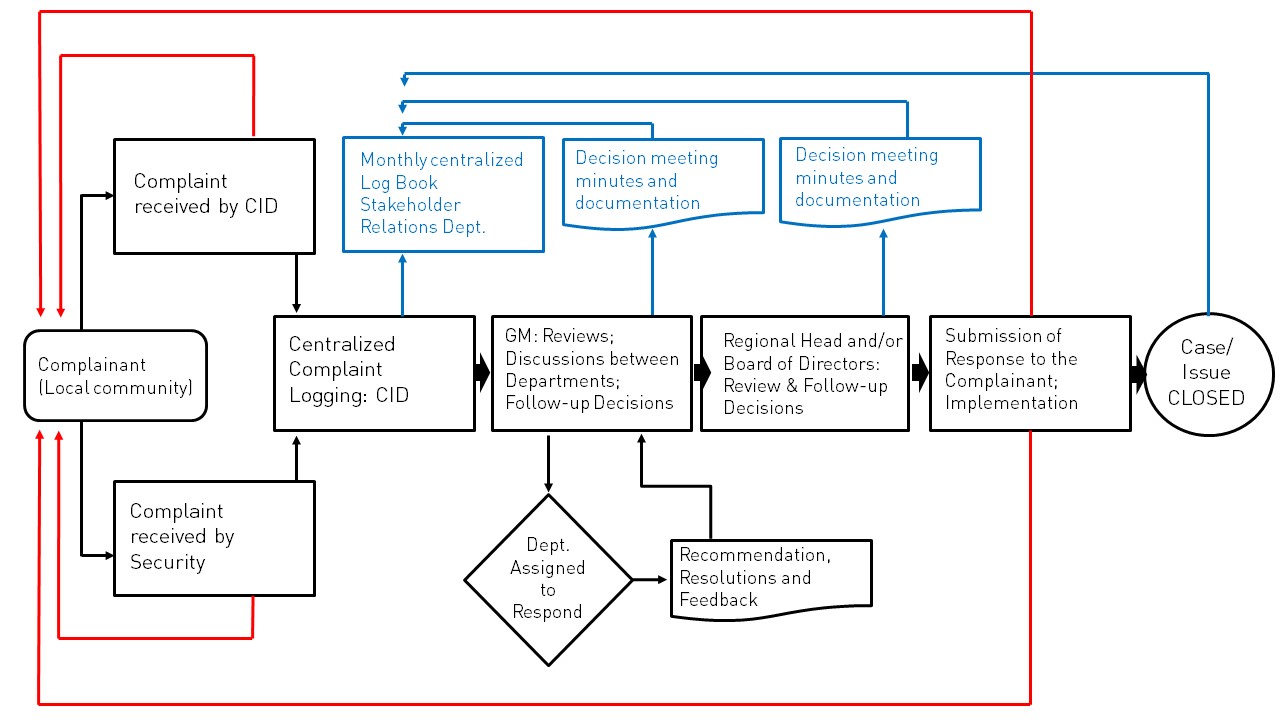


ANJ takes guidance from the RSPO in developing a protocol to facilitate communication of a complaint or grievance, stakeholders concerns or a suggestion. The protocol ensures public access to a transparent process to raise grievances and to allow grievances to be dealt with fairly and in a timely manner. The protocol serves as an internal guide to review, address and monitor the outcome of any grievance. The protocol ensures that outcomes of the process are appropriately disclosed to relevant parties. To ensure effectiveness, we regularly review our Grievance Mechanism, including seeking inputs from our stakeholders.
Grievance can be raised verbally to officers, who then put the concerns in a grievance log, as well as by e-mail, telephone or online through ANJ website. An entry will be generated in the grievance log and is subsequently tracked to verify claims, rectify issues, report verification results, list actions taken, monitor response delivery to the stakeholder and monitor follow up actions.

The grievance process for land conflicts follows the procedures described in the above diagram. The process is usually composed of the following stages. At the discussion stage between departments, we identify who the complainants are, pinpoint the location and coordinates of the land in question, ascertain the background of the complaint, and check the history of the land (especially if the land conflict is a customary land right conflict with no legal documentation available). This stage involves various department within the organization, at least including the Community Involvement and Development department, the Stakeholder Relations department, the Legal and License Permit department, the Compliance department, and the GIS department.
Based on the gathered facts about the case, we will facilitate and build communication and understanding among the complainants, explaining and clarifying previous agreements made, supported by related evidence. If the conflict is among clans or tribes in relation to customary land right boundaries which does not involve us, then we try to facilitate for a solution among the clans or tribes. This is a circular process which sometimes involve external parties, such as respected tribal leaders, Government authorities, or respected religious leaders. Depending on the level of complexity of the conflict, the circular process may need decisions from higher positions in the head office.